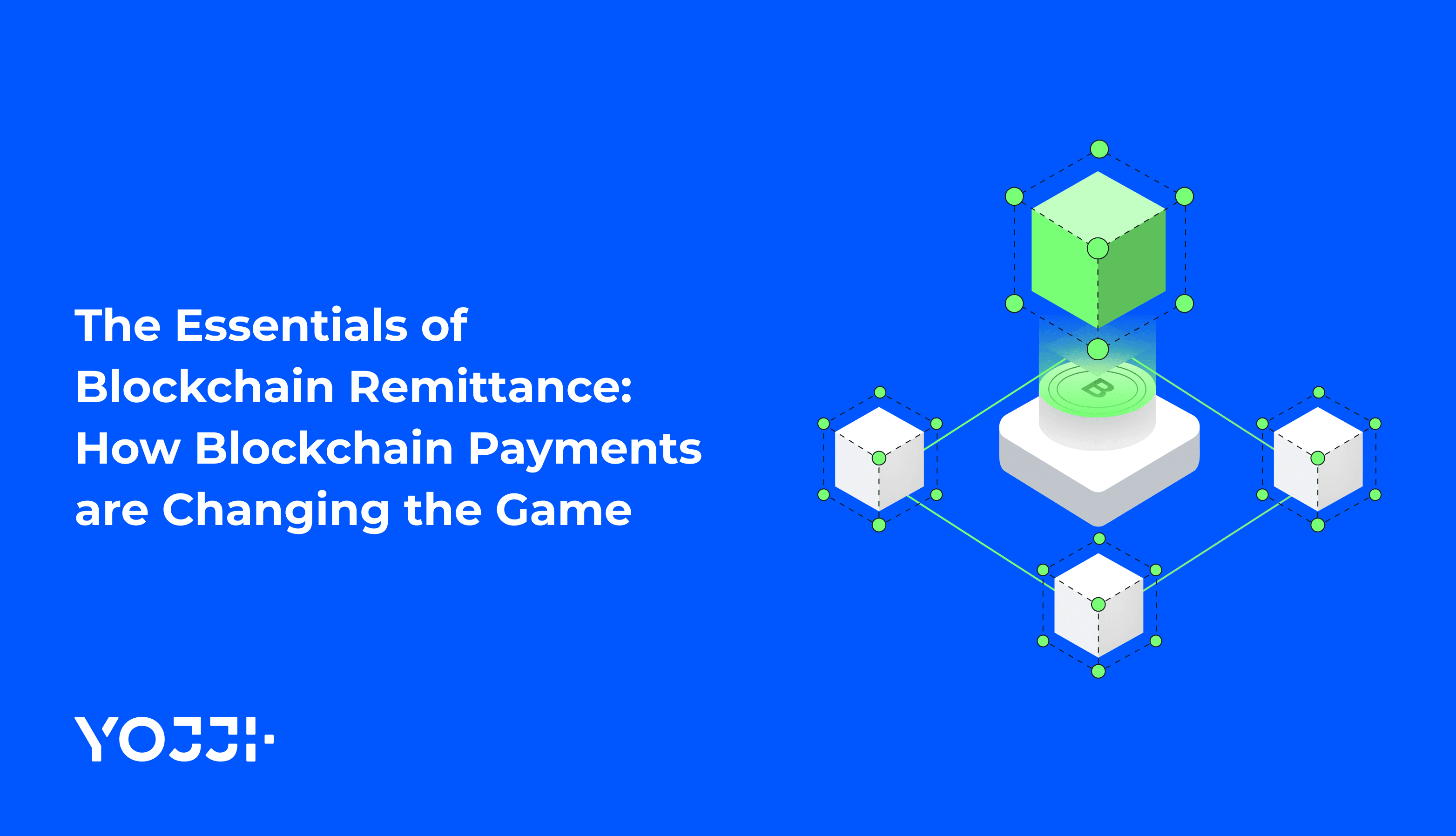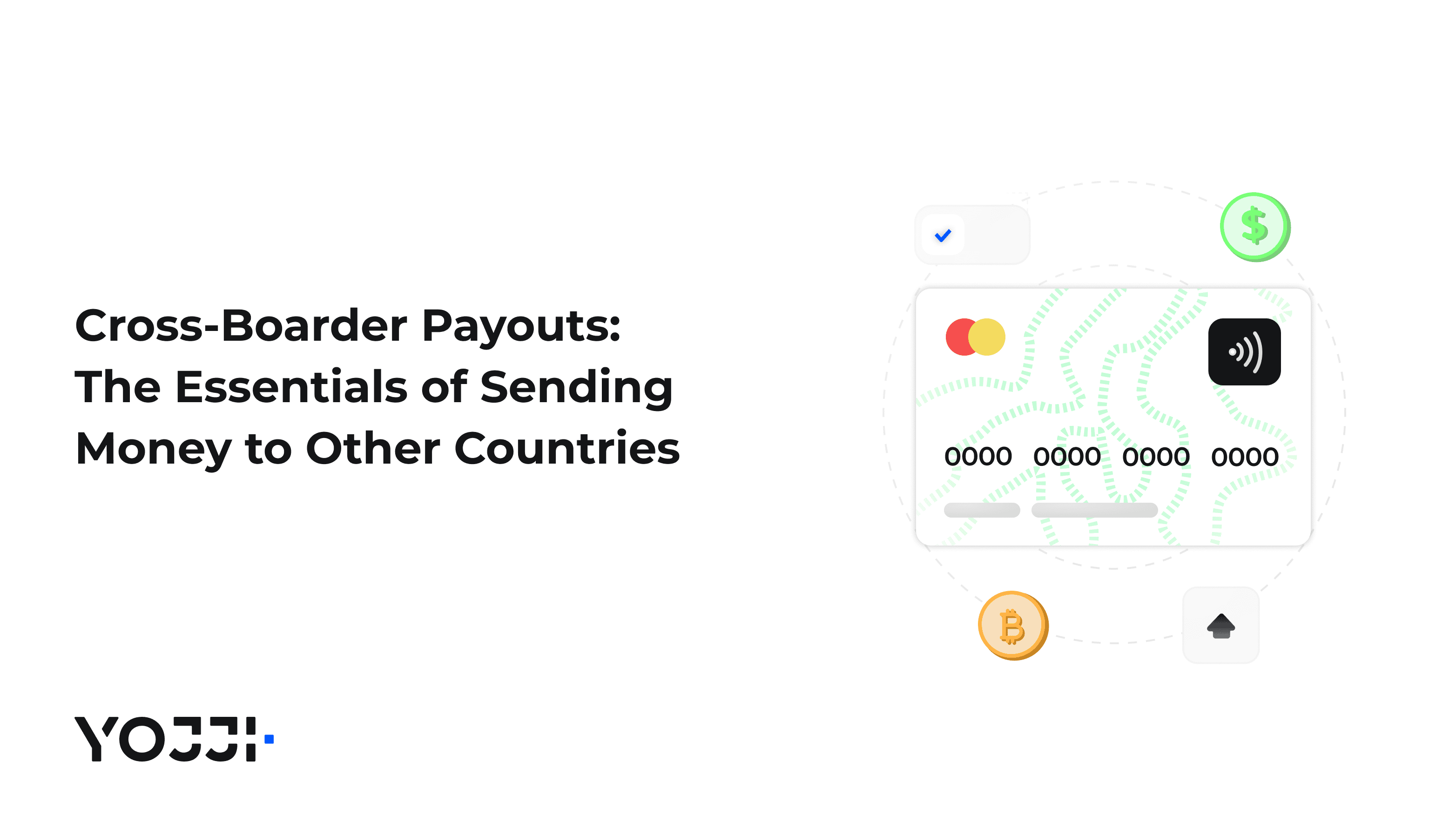Mobile development services
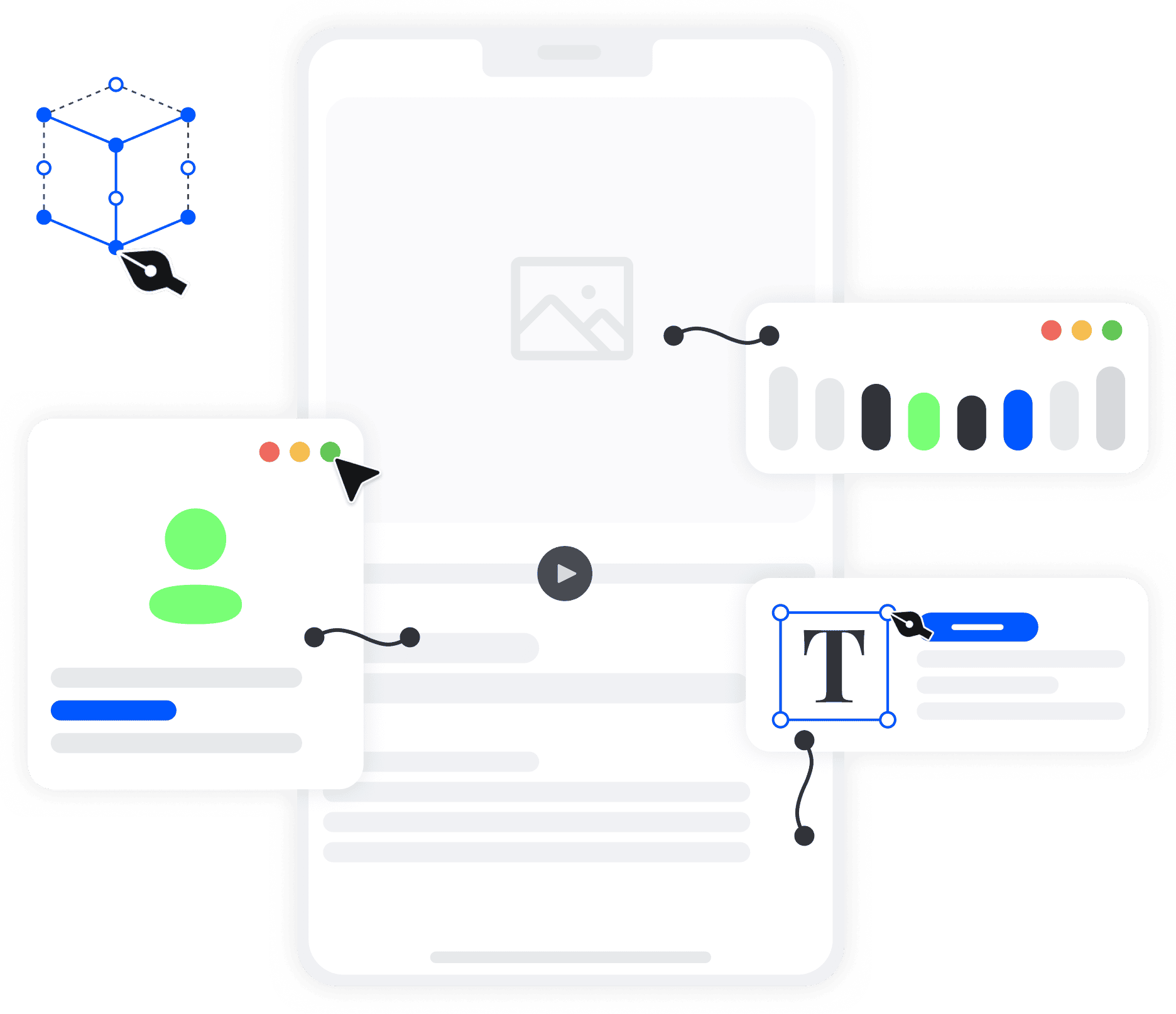
Our Values
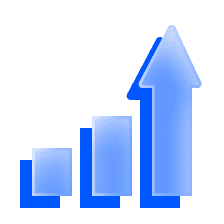
Scalable
With our mobile development services, we create a custom application. Owing to a well-designed architecture, the application can easily handle a growing user base without sacrificing performance or the quality of the user experience.
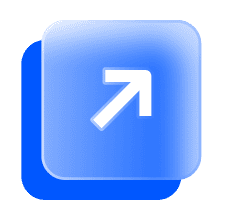
Stable
Our first-class developers provide a highly stable product. Through the use of quality assurance and DevOps services, all applications are sustainable.
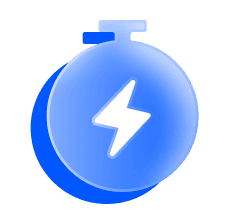
Fast
We conduct compatibility, usability, performance, security, and speed testing to deliver lightweight and fast mobile digital solutions that retain users and drive revenue.
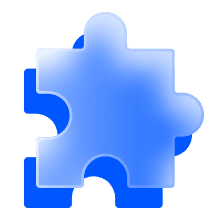
Thoughtful architecture
Highly skilled architects create a well-designed infrastructure that will handle the scaling, traffic load, and advanced functionality of your mobile solution perfectly.
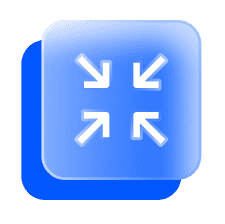
Small bundle size
A professional team delivers a digital product of a reasonable size so that users can easily download and view your app. This will enhance user experience and reduce the rate of failures.
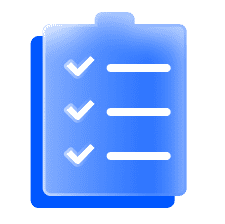
Compliant
Yojji builds mobile solutions according to the requirements that the Google Play Store and Apple App Store provide. Therefore, all applications go through moderation seamlessly.
React Native is a perfect option for building various types of mobile applications.
We have deep expertise in JavaScript, so in many cases, we use React Native in mobile development. Using React Native, we are in our element. Our specialists combine this technology with back-end development based on Node.js, front-end development, product design, and testing to develop applications based on React Native.
When is it reasonable to use React Native in mobile development? There is no one-fits-all solution, and the decision to use one or another technology is made on a case-by-case basis. Therefore, you can contact our mobile development company directly. We will study in detail your requirements and the specifics of the project, and answer all your questions. However, some clear React Native winners include:
MVPs, PoCs & working prototypes
The top choice for many companies is to develop a basic mobile app with limited functionality. This allows them to test the product idea and understand its viability. In such cases, cost and time are key. React Native allows you to create well-established, semi-static mobile apps that can be tested on a variety of platforms.
Apps with simplified UI
Many smash applications focus on the core features instead of prioritizing complex animations. These applications can be successfully developed using React Native. The point is that React Native has a limit in terms of the complexity of a native app that can be replicated without loss of performance. Therefore, a thorough analysis in the early stages of the project and consultation with a company that provides custom mobile app development services is a must.
Apps with low to moderate dependency on native APIs
Many mobile apps developed with React Native should use native APIs to implement some functions (e.g., camera or GPS). Some applications require more, but this can lead to a drastic change in performance. Experienced developers always know in which situation it is necessary to leverage native APIs, and in which cases it is better to stick to other options.
Cross-platform development
MVPs
Streamlined UI
Native APIs
Are you still not sure if it is React Native that you need?
We also use Flutter
For our company, Flutter is a great choice when it comes to crafting highly functional applications with a custom user interface of any complexity. Flutter is completely free and offers open-source code. Therefore, this framework reduces product development time and time to market. Besides, Flutter-based applications have perfect performance and are fast, so this framework is a win-win option for startups that want to test their business model.
However, note that Flutter is not a magic bullet for all problems, so only a professional company will be able to help you choose the right technology for each specific case.
Used by:
Process
Discovery
Discovery
Team involved: Project manager, Business analyst, Software architect
- All-round business analysis
- Identifying the technology stack for an app development initiative
- Budget allocation for better results
- Demonstration of what a future app will look like
- Building a solid basis for further scaling
Design & front-end
Back-end
QA
DevOps
Our mobile development solutions
How we work
Custom development
Discovery
Design
Develoment
QA testing
Discovery
Dedicated team
The pool of the best talents
Full-time dedication
Fast start
Work in team
Staff augmentation
The pool of the best talents
Full-time dedication
Fast start
Cases
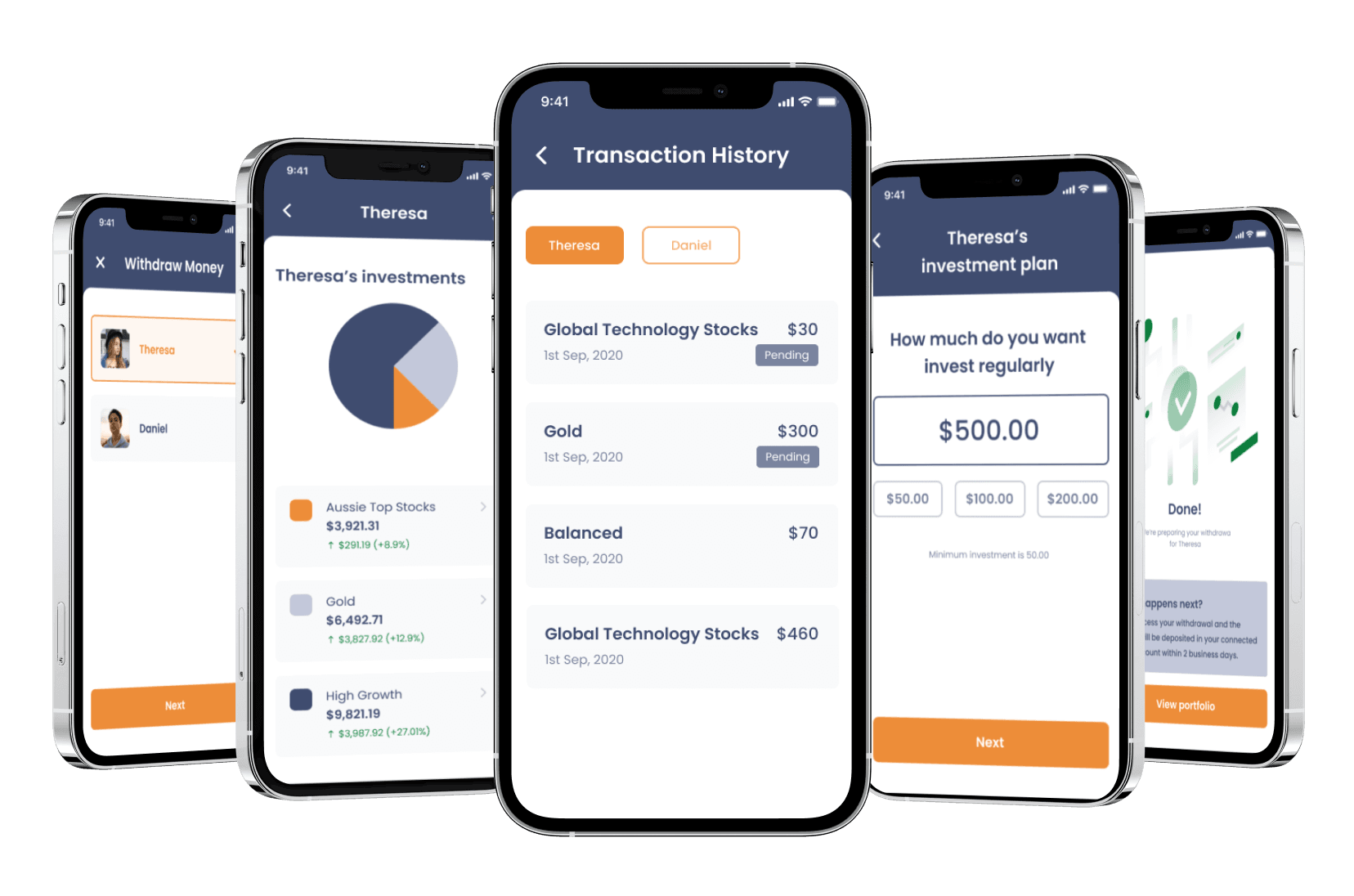
Investment application for parents
This feature-rich financial mobile app offers investment opportunities for parents looking to secure their children's futures. They approached us to build this innovative fintech platform from scratch. In just three weeks, we successfully delivered a fully functional MVP within a tight timeframe, meeting all client expectations.
Fintech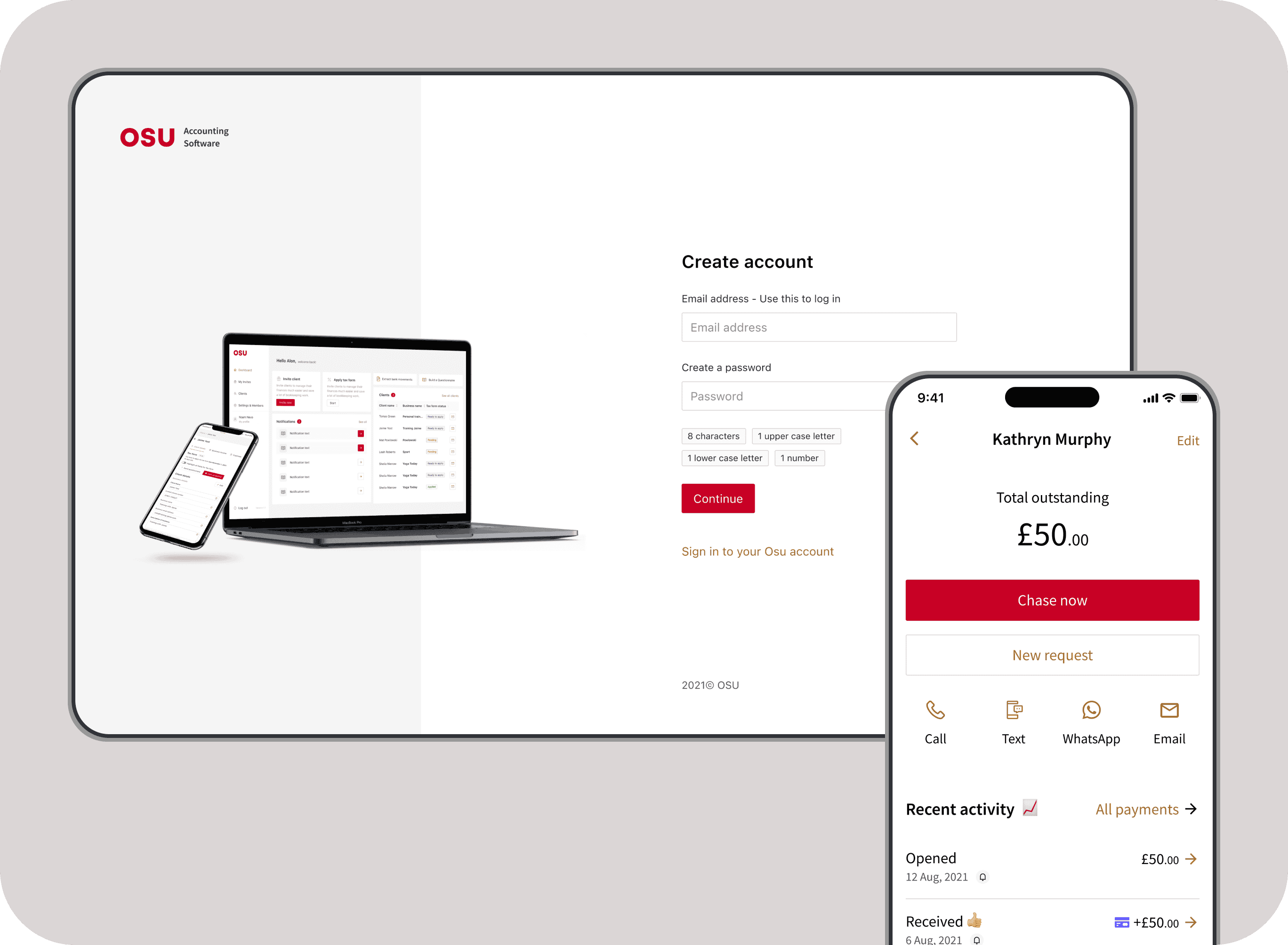
Payment system for entrepreneurs from scratch
Osu supports sole traders with a business management and payment app integrated with accounting software. The client initially asked us to design and develop the front end for their open-banking service, including a payment widget and admin system. Yojji delivered a widget and dashboard for merchants to track payments, manage users, and customize features. After a successful MVP launch, we continued developing an app to create and track payment requests. Today, we’re actively enhancing the mobile app with new features.
FintechTestimonials
Yojji successfully delivered the project within schedule. They demonstrated excellent project management via weekly sprint demos and promptly made adjustments based on the client's feedback. Their responsiveness and collaborative attitude were key elements of their work.

Yojji was an instrumental part of the client’s team, working closely with them to achieve the product’s success. The team was very collaborative and timely, and their performance was amazing. Additionally, their resources were experienced, professional, and enjoyable to work with.

Yojii is impressive both in quality of development work as well as their commitment. Strong focus on delivery, highly technical personnel, flexible approach that allows for rapid development. Strong processes that allow for solid controls.
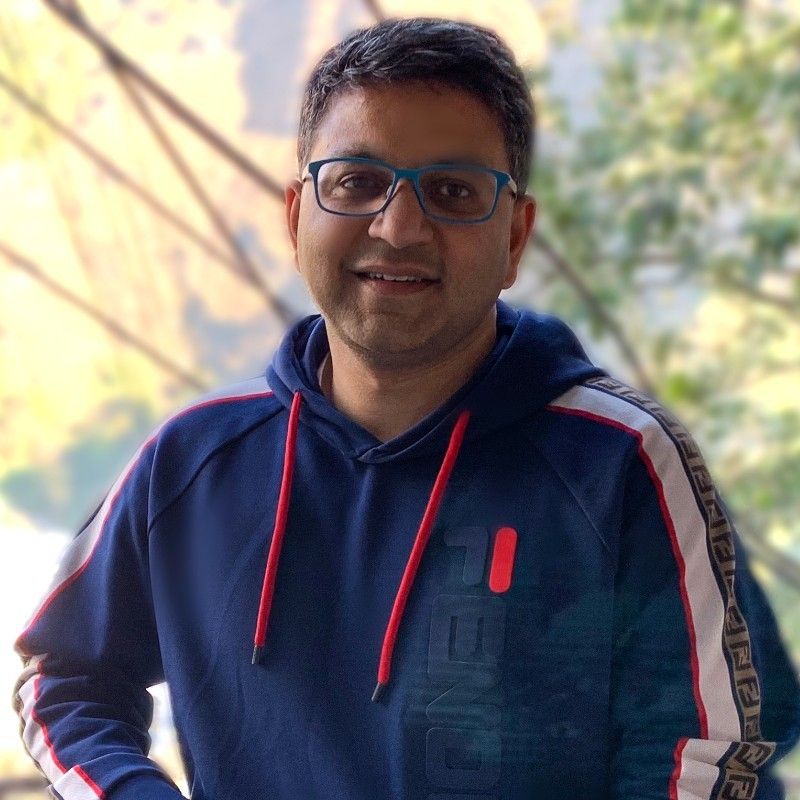
We’re very happy with the way that Yojji works, which is why we’ve spent so much money and engaged them for such a long time. We treat them as employees in regard to responsibilities and expectations, and they haven’t disappointed us.

As a company, we find Yojji to be excellent development partners - we cannot recommend them more highly and will be very happy to continue working with them in the future.

They are really nice people with excellent technical backgrounds.

We used Agile project management methodology and were in contact with the team and project manager daily.

They all had a super positive outlook and were dedicated to getting the work completed to a high standard.

Yojji has delivered an accessible product with thorough consideration for the client's requirements. Users have commented on the platform's user-friendliness and speed. Moreover, the team is easy to communicate with and provides frequent updates. Their development and design skills are impressive.

Industries
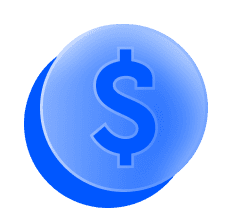


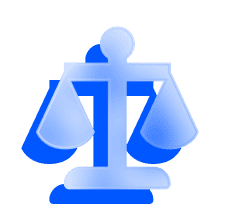

Frequently asked questions
If any of the questions haven’t been covered yet, in this section, you may probably find the answers.
About Yojji Software Development Company
Do you want to outsource software development? It’s a great idea. Here are the reasons why.
Profitable business solution
The main point of outsourcing is that you pay less for similar services. You can find excellent specialists in Ukraine who offer excellent quality at a competitive cost. Therefore, a startup can save a lot of money. Yojji can take over the development of your startup and create a first-class product in the shortest possible time.
Fast product launch
If you distribute your time and workload correctly, you will have the necessary amount of time to work on strategic product development and marketing, while the technical part of the project will be handled by a third party.
Talent pool
Sometimes a startup faces a shortage of qualified staff, so you can hire a top-notch specialist from a country that offers some of the largest IT hubs. According to statistics, over 192,000 IT professionals and 1,600+ IT companies are located in Ukraine. Cooperating with developers from Ukraine, you can be 100% sure of the quality of work.
High quality of the finished product
One of the undeniable advantages of cooperating with a reliable team is their experience in launching startups and professionalism in terms of hard skills and soft skills. When you work with a reliable company like Yojji, you can be sure of the quality of the final product.
Yojji successfully delivered the project within schedule. They demonstrated excellent project management via weekly sprint demos and promptly made adjustments based on the client's feedback. Their responsiveness and collaborative attitude were key elements of their work.

5.0
Yojji was an instrumental part of the client’s team, working closely with them to achieve the product’s success. The team was very collaborative and timely, and their performance was amazing. Additionally, their resources were experienced, professional, and enjoyable to work with.

5.0
Yojii is impressive both in quality of development work as well as their commitment. Strong focus on delivery, highly technical personnel, flexible approach that allows for rapid development. Strong processes that allow for solid controls.

5.0
We’re very happy with the way that Yojji works, which is why we’ve spent so much money and engaged them for such a long time. We treat them as employees in regard to responsibilities and expectations, and they haven’t disappointed us.

5.0
As a company, we find Yojji to be excellent development partners - we cannot recommend them more highly and will be very happy to continue working with them in the future.

5.0
They are really nice people with excellent technical backgrounds.

5.0
We used Agile project management methodology and were in contact with the team and project manager daily.

5.0
They all had a super positive outlook and were dedicated to getting the work completed to a high standard.

5.0
Yojji has delivered an accessible product with thorough consideration for the client's requirements. Users have commented on the platform's user-friendliness and speed. Moreover, the team is easy to communicate with and provides frequent updates. Their development and design skills are impressive.

5.0



